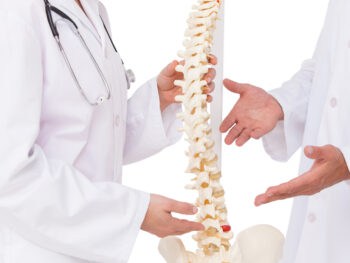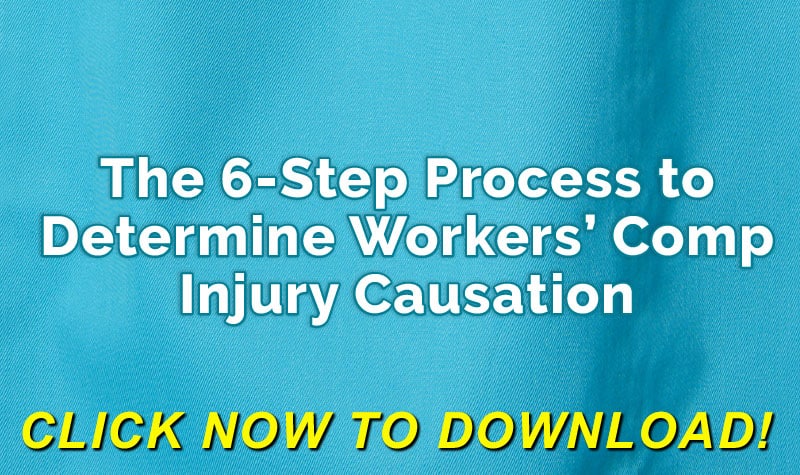
This statement was just one point made in a recent session at the Workers’ Compensation Institute’s Annual Conference in Orlando presented by:
- Marcos A. Iglesias, Chief Medical Officer of Broadspire
- Mark Pew, senior VP for Product Development & Marketing at Preferred Medical.
The Problem
The opioid epidemic in the U.S. has been well documented in recent years. Researchers say Americans consume more opioids than any other country, regardless of the myriad physical and psychological problems associated with their unnecessary use.
While stakeholders in the workers’ compensation system have made progress in curbing the unnecessary use of opioids in recent years, it will take a concerted effort of educating providers as well as employees about chronic pain, and effective treatment alternatives said Iglesias and Pew.
Findings released by the Society for Internal Medicine on a one-year comparison of patients with chronic low back pain who were treated with either opioids or ibuprofen included:
- No difference in function
- Those given opioids had statistically worse pain control
Among the side effects of opioids are
- Drowsiness
- Confusion
- Nausea
- Constipation
- Euphoria
- Slowed Breathing
Because opioids repress the respiratory system, using them can result in hypoxia — a condition in which too little oxygen reaches the brain. It can lead to coma, permanent brain damage or death. The drugs can be especially dangerous when combined with other medications, such as benzodiazepines, certain antidepressants, some antibiotics, and sleeping pills.
Expectations
Even in the face of the research and statistics, many providers continue to look to opioids as the gold standard for pain management. One of the biggest problems is the mindset of western medicine and civilizations.
“There is an expectation in the U.S. that we shouldn’t feel pain, we are reducing the supply of opioids, but not limiting the demand,” Pew said. “There needs to be an effort in this country to educate people and change their minds about pain, so they realize opioids are not the answer” added Iglesias.
Eliminating all pain forever is just not realistic for many people. But they can — and do — learn to cope with their pain and live happy, normal, and functional lives.
Education
In addition to realigning expectations, education is key to reducing unnecessary opioid use. Many people may not be aware of the extent of the problem. “One-third of individuals that are taking an opioid do not know they are taking it,” Iglesias explained. “There needs to be more awareness in the population.”
Additional points stated include:
- Locus of control. Unlike in some other countries, many people in the U.S. have a passive acceptance of medical treatment and believe somebody or something should take care of the problem. Typically, many think a pill is the answer. However, drugs often mask the problem rather than addressing the root cause.
- Employers can take actions to improve the fitness levels of employees. Encouraging more walking, providing healthier foods in vending machines and making all programs free of charge are suggestions to get started.
- Self-advocacy. Injured workers and others should be encouraged to take charge and be responsible for their medical care.
- Reduce unrealistic expectations. Employers can work with medical providers to create and send a letter to injured workers outlining what to expect after an injury occurs. It can include suggestions on how to manage pain and some options.
- Sleep hygiene. Sleep is crucial for recovery from injuries. There are a variety of non-pharmacological recommendations to help people get more and better sleep.
- Education on dealing with depression can go a long way in helping injured workers cope with their pain and injuries. They should be encouraged to work with the Employee Assistance Program, if applicable, or given community resources that may be helpful.
- Behavioral techniques. Cognitive behavioral therapy (CBT) has been shown to be one of the most effective ways to help people cope with chronic pain. It is short term, skill-based, and typically does not incur a psychiatric diagnosis. Along with CBT, additional behavioral techniques include:
- Mindful meditation.
- Deep breathing skills.
- Increased physical activity.
- Focus on function rather than pain. Focusing on pain only makes the level of pain increase. Discuss function rather than pain with an emphasis on progress.
- Iglesias example “you told me you picked up the mail, last time we talked you weren’t able to get off the couch.”
Conclusion
The persistent opioid crisis has taken years to develop and will take a multifaceted effort to reduce and eliminate. An improved focus by employers and payers on the education of opioid alternatives is a positive step toward better treatment and outcomes.

Contact: mstack@reduceyourworkerscomp.com.
Workers’ Comp Roundup Blog: https://blog.reduceyourworkerscomp.com/
©2018 Amaxx LLC. All rights reserved under International Copyright Law.
Do not use this information without independent verification. All state laws vary. You should consult with your insurance broker, attorney, or qualified professional.














